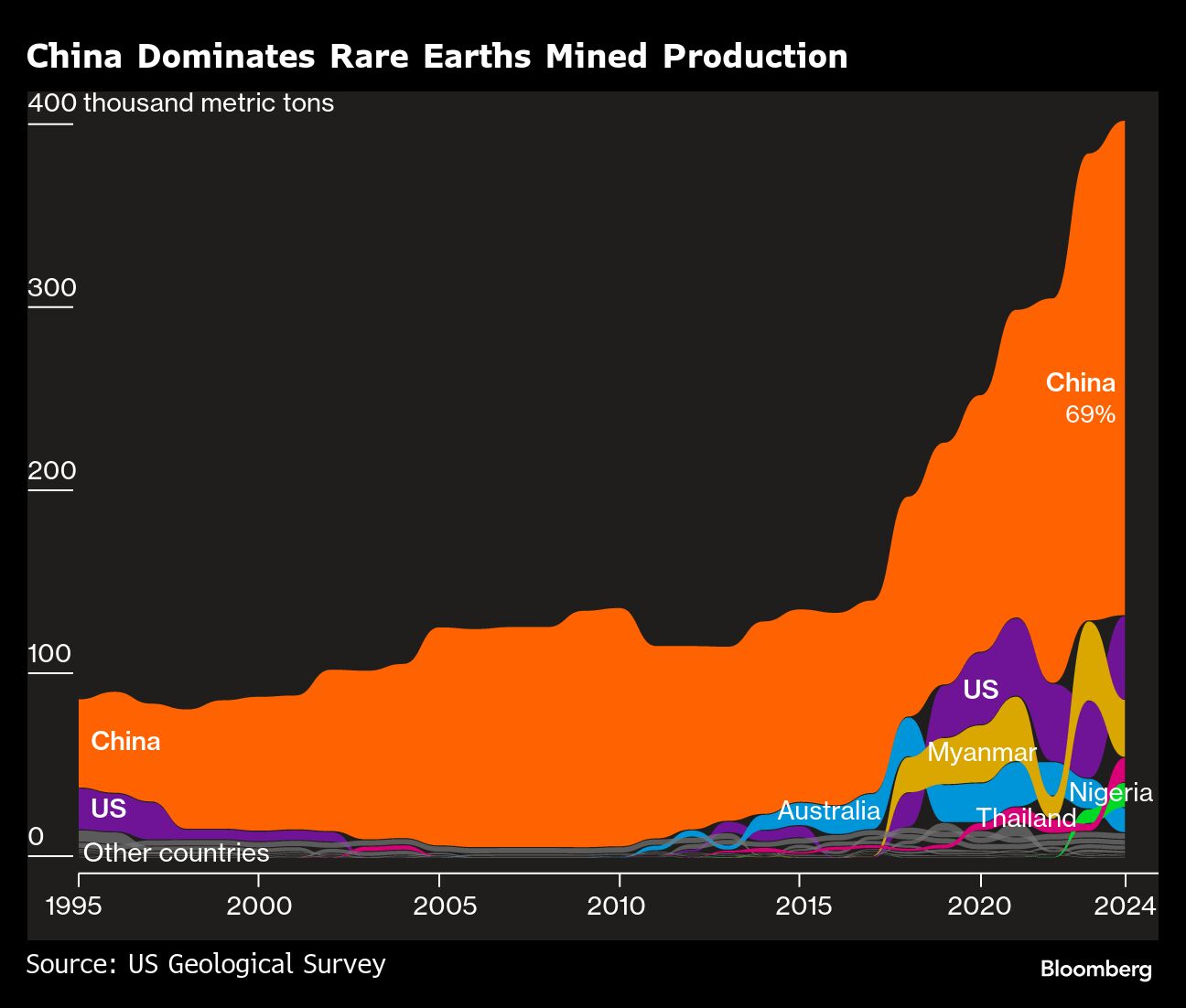Rare earths sector at risk of more substitution if prices spike

The rare earth sector is likely to face more substitution unless production ramps up sharply to close a looming supply gap, an industry executive has warned.
Demand for rare earth permanent magnets, key for electric vehicles (EVs) and wind turbines, is due to soar as governments and companies step up efforts to cut carbon emissions.
“Even though rare earths are terribly important, they’re not indispensable. Given enough motivation, enough resources and enough brain power, they can be designed out,” said Constantine Karayannopoulos, CEO of Neo Performance Materials.
“At today’s prices everybody makes money.. but my word of caution is that the industry should be very careful not kill the goose that laid the golden egg,” he told Metal Events’ 17th International Rare Earths Conference this week.
Neo produces rare earth metals, alloys and magnets in North America, Europe and Asia.
The price of rare earth praseodymium – used in magnets for EVs, smartphones and military equipment – has more than doubled over the past 14 months to about $102 a kg.
This compares to a peak of about $250 a kg in August 2011 after dominant producer China threatened to clamp down on exports.
Following the price spike a decade ago, many companies sought to lessen dependence on rare earths and Reuters found in July that auto makers amounting to nearly half global sales say they are limiting their use.
The rare earth sector should “massively expand production” so prices remain at levels competitive for industrial users as demand climbs, Karayannopoulos said.
Demand for materials to make permanent magnets are due to surge by an average of 22% a year until 2030 and about $6 billion of investment is needed to create new supply, said David Merriman at consultancy Roskill.
“If prices continue to increase or become uncomfortable for some downstream producers, there will be further investment in looking into designing these materials out of their products,” he told the conference.
Deficits are expected by around 2024, Merriman added.
(By Eric Onstad; Editing by Jason Neely)
More News
Column: Copper market caught between Trump’s twin tariff threats
US President Donald Trump's tariffs blitz has left Doctor Copper battered and bruised.
April 16, 2025 | 07:35 am
MinRes board rocked as two governance directors resign
April 16, 2025 | 07:16 am
{{ commodity.name }}
{{ post.title }}
{{ post.date }}




Comments